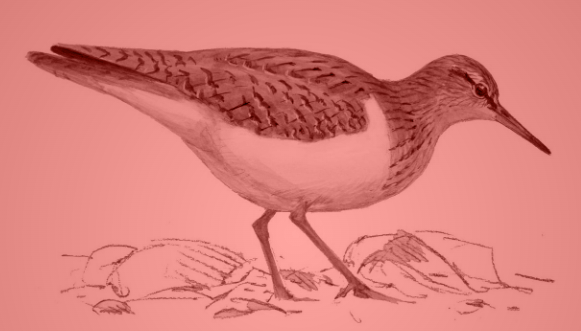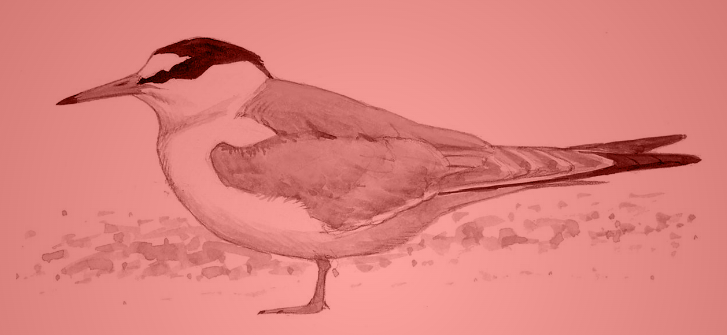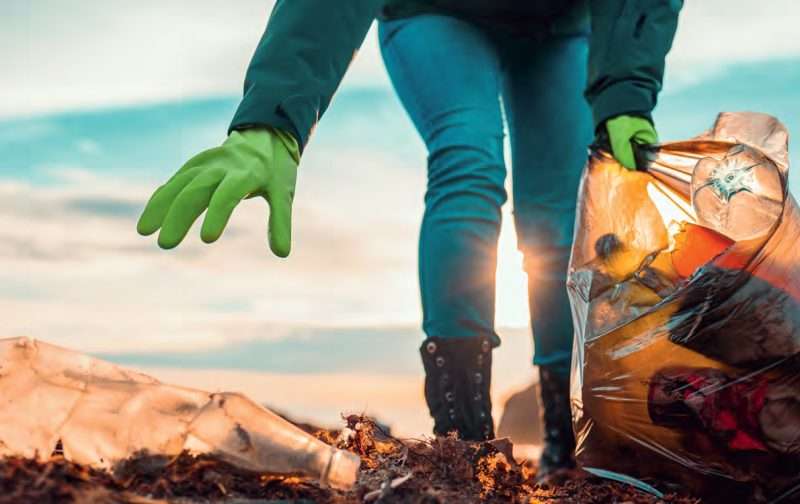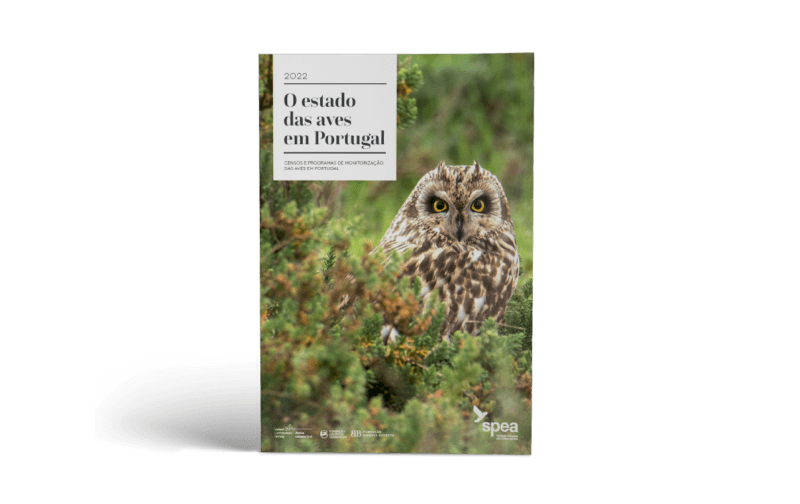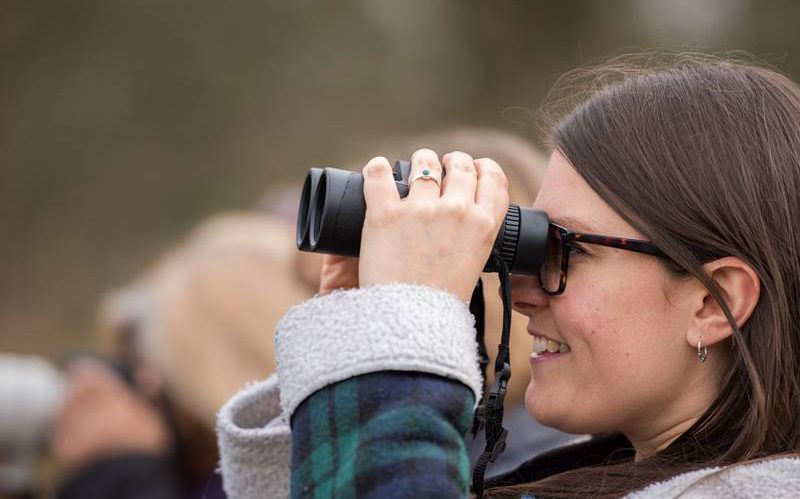2021
- De la Cruz A et al. (2021) What to expect from alternative management strategies to conserve seabirds? Hints from a dynamic modelling framework applied to an endangered population. Animal Conservation. DOI: 10.1111/acv.12751
- Alho M et al. (2021) Characterization of an extinct seabird colony on the island of Santa Luzia (Cabo Verde) and its potential for future recolonizations. Journal of Ornithology DOI: 10.1007/s10336-021-01923-8
- González Y et al. (2021) Food Habits of the Macaronesian Sparrowhawk (Accipiter nisus granti) on Madeira. Journal of Raptor Research. 55(1), 127-129. DOI: 10.3356/0892-1016-55.1.127
- Almeida N et al. (2021) Year-round at-sea distribution and trophic resources partitioning between two sympatric Sulids in the tropical Atlantic. Plos One. 16: e0253095. DOI: 10.1371/journal.pone.0253095
- Wakefield ED et al. The summer distribution, habitat associations and abundance of seabirds in the sub-polar frontal zone of the Northwest Atlantic. Progress in Oceanography. 198:102657. DOI: 10.1016/j.pocean.2021.102657
- Amaia A et al. 2021. The Role of Climate, Oceanography, and Prey in Driving Decadal Spatio-Temporal Patterns of a Highly Mobile Top Predator. Front. Mar. Sci, DOI: https://doi.org/10.3389/fmars.2021.665474
- Davies TE et al. 2021. Multispecies tracking reveals a major seabird hotspot in the North Atlantic. Conservation Letters, DOI: https://doi.org/10.1111/conl.12824
- Nunes SF et al. 2021. Trophic niche changes associated with the eradication of invasive mammals in an insular lizard: an assessment using isotopes. Current Zoology, zoab038. DOI: 10.1093/cz/zoab038
- Atchoi E et al. 2021. LuMinAves: cooperative research and mitigation of light pollution impacts in seabirds. International Journal of Sustainable Lighting 23(1). DOI: 10.26607/ijsl.v23i1.107
- Nascimento T et al. 2021. Ardea 109: 77-90. DOI: 10.5253/arde.v109i1.a10
- Calado JG, Veríssimo SN et al. 2021. Mar Ecol Prog Ser 661: 187-201. DOI: 10.3354/meps13601
- Mouga T et al. 2021. Plants 10(3), 498. DOI: 10.3390/plants10030498
- Brlík V et al. 2021. Long-term and large-scale multispecies dataset tracking population changes of common European breeding birds. Scientifica data 8, Article number: 21. DOI: 10.1038/s41597-021-00804-2
- Buechley ER, Oppel S, Efrat R et al. 2021. Differential survival throughout the full annual cycle of a migratory bird presents a life‐history trade‐off. Journal of Animal Ecology. DOI: 10.1111/1365-2656.13449
- Hochachka WM et al. 2021. Regional variation in the impacts of the COVID-19 pandemic on the quantity and quality of data collected by the project eBird. Biological Conservation. DOI: 10.1016/j.biocon.2021.108974
2020
- Rodriguez A et al. 2020. Cryptic differentiation in the Manx shearwater hinders the identification of a new endemic subspecies. Journal of Avian Biology. DOI: 10.1111/jav.02633
- Marques AT et al. 2020. Changes in grassland management and linear infrastructures associated to the decline of an endangered bird population. Scientific Reports 10, 15150. DOI: 10.1038/s41598-020-72154-9
- Semedo G et al. 2020. Distribution, abundance, and on-land threats to Cabo Verde seabirds. Bird Conservation International. DOI: 10.1017/S0959270920000428
- Brooke, M., Gregory, L., Geraldes, P. et al. 2020. Lessons and surprises from an inter-island re-introduction of the critically endangered Raso Lark Alauda razae of Cape Verde. PARKS 26.2: 47-58
- Calado JG, Ramos JA, Almeida A et al. 2020. Seabird-fishery interactions and bycatch at multiple gears in the Atlantic Iberian coast Ocean & Coastal Management 105306. DOI: 10.1016/j.ocecoaman.2020.105306
- Oliveira N, Almeida A, Alonso H et al. 2020. A contribution to reducing bycatch in a high priority area for seabird conservation in Portugal. Bird Conservation International. DOI: 10.1017/S0959270920000489
- Carreiro, A.R., Paiva, V.H., Medeiros, R., et al. 2020. Metabarcoding, stable isotopes, and tracking: unraveling the trophic ecology of a winter-breeding storm petrel (Hydrobates castro) with a multimethod approach. Mar Biol 167, 14. DOI: 10.1007/s00227-019-3626-x
- Oliveira N et al. 2020. Evaluating the potential of artificial nests as a conservation measure for Cory’s Shearwaters Calonectris borealis breeding in Berlengas Archipelago, Portugal. Airo 27, 3-19
- Soares FC et al. 2020. Land‐use intensification promotes non‐native species in a tropical island bird assemblage. Animal Conservation 23(5): 573-584. DOI: 10.1111/acv.12568
2019
- Wise, L., Galego C., Katara I., et al. 2019. Portuguese purse seine fishery spatial and resource overlap with top predators. (2019) DOI: 10.3354/meps12656
- Nascimento, T., O., Nuno, Fagundes A. I., et al. 2019. Diet selection of introduced black rats Rattus rattus L. in relation to plant availability on Berlenga Island, Portugal Ecologia Mediterranea 45(1): 15-29
- Holmes, N. D., Spat,Dena R., Oppel, S., et al. 2019. Globally important islands where eradicating invasive mammals will benefit highly threatened vertebrates – DOI: 10.1371/journal.pone.0212128
- Phipps WL, López-López P, Buechley ER, Oppel S, et al. 2019. Spatial and Temporal Variability in Migration of a Soaring Raptor Across Three Continents. Frontiers in Ecology & Evolution 7:323. DOI: 10.3389/fevo.2019.00323
- Donald PF et al. 2019. First record of Buff-breasted Sandpiper Calidris subruficollis for the Cape Verde Islands, with a brief review of African and Macaronesian records. Bull ABC 26 (2), 222-229
- Constantino E et al. 2019. Abundance and composition of floating marine macro litter on the eastern sector of the Mediterranean Sea. Marine Pollution Bulletin 138: 260-265. DOI: 10.1016/j.marpolbul.2018.11.008
- Holmes ND et al. 2019. Globally important islands where eradicating invasive mammals will benefit highly threatened vertebrates. PLoS One 14 (3): e0212128. DOI: 10.1371/journal.pone.0212128
2018
- Gomes, I., Pérez-Jorge, S., Peteiro, L., et al. 2018. Marine biological value along the Portuguese continental shelf; insights into current conservation and management tools. DOI: 10.1016/j.ecolind.2018.05.040
- Ceia R et al. 2018. Foraging Ecology of Introduced Rodents in the Threatened Macaronesian Laurel Forest of São Miguel Island (Azores) and Contiguous Exotic Forests. Mammal Study 42(3):141-151. DOI: 10.3106/041.042.0304
- Boieiro M, et al. 2018. Small but fierce: invasive ants kill Barolo Shearwater (Puffinus lherminieri baroli) nestling in Cima islet (PORTO SANTO, MADEIRA ARCHIPELAGO). Airo 25: 44-50.

